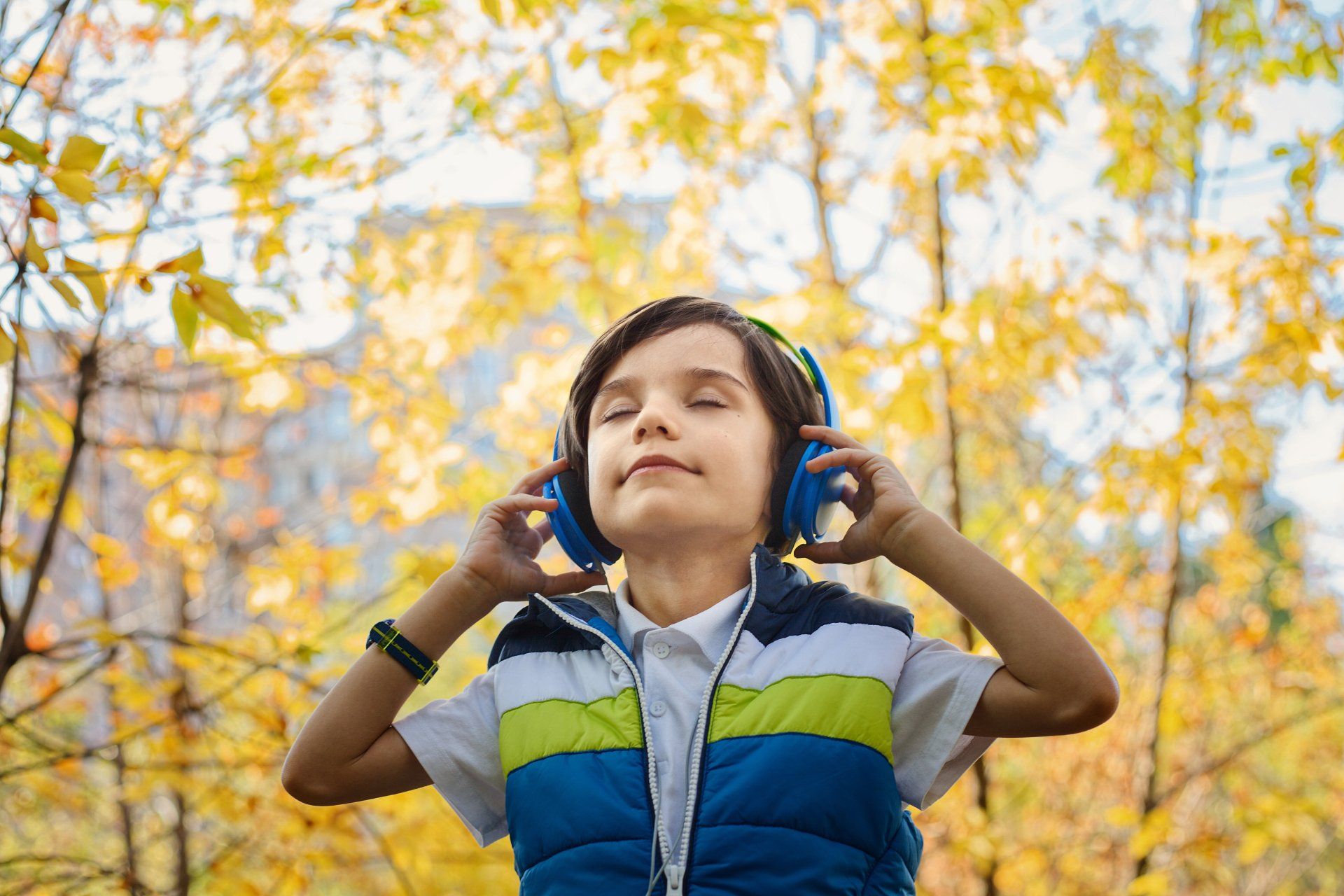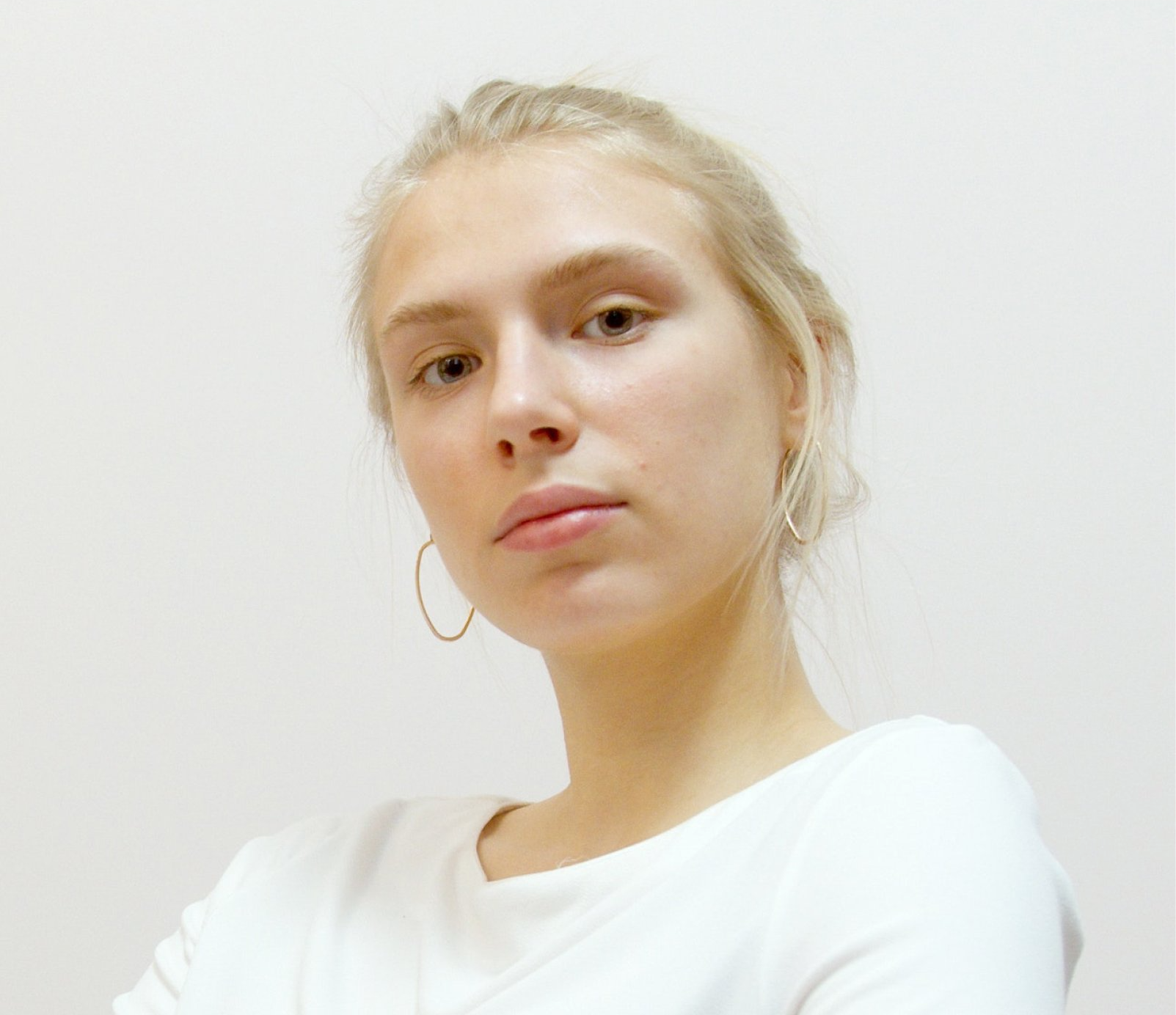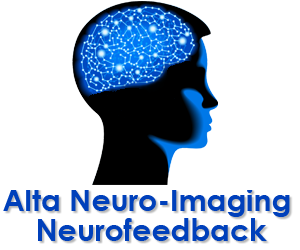1.
What does the EEG (electoencephalograph) show?
The EEG shows activity levels of different parts of the brain and the relative balance or imbalance, which underlies ADD/ADHD.
2.
Can everyone do Neurofeedback
?
Most people are good candidates for retraining these parts of the brain. Approximately 85% of the people with ADD/ADHD, through proper training, can bring about this correction.
3.
Are there age requirements for doing the training?
We normally start testing and training at the age of 4. There are no upper limits to the age at which ADD/ADHD can be corrected through successful Neurofeedback training.
4.
How can Neurofeedback do all the things listed in your brochure (i.e. chronic depression, chronic anxiety, pain management, sleep disorders, migraine headaches)?
Various imbalances in the brain underlie the various conditions that Neurofeedback is successful in treating. Working with different parts of the brain enables one to correct imbalances or disorders.
5.
How will we know if the Neurofeedback is working?
The patient and/or the parents, as well as the teacher, will have every indication that this is working through evidence of changes in their performance and behavior difficulties. Neurofeedback is the type of treatment whereby improvements come steadily throughout the training, as opposed to having to wait to the end to see these improvements.
6. Is Neurofeedback permanent?
Yes, this part of the brain holds any adjustments it learns permanently. Individuals with ADD/ADHD, Autism Spectrum disorders, chronic depression, and/or chronic anxiety, who are good candidates for the training (as determined in the evaluation), and who successfully complete the training, will have permanent results. There will be no need for any other treatment.
7. Are there other actions that must be done to insure success?
No, all treatments are conducted in our office.
8. How many sessions are necessary to complete the training?
The treatment typically consists of 30, one-half hour sessions. A minimum of one session a week is required.
9. How can you tell if one is ADD or ADHD?
The underlying neurological condition of both of these disorders is the same. In some individuals it is expressed in attention difficulties. In others, the difficulty is with impulse control and hyperactivity. Furthermore, in some cases there may be a combination of all symptoms. The symptoms determine what sub-type of the disorder is present.
10. Are there other techniques used for different conditions?
Yes, techniques used vary depending on the disorder.
11. Does it hurt or is it uncomfortable?
No, Neurofeedback is safe, painless, non-invasive drug free treatment. It is not uncomfortable in any way. Most patients find it enjoyable and satisfying.
At Alta Neuro-Imaging, southern California children and adults can undergo Neurofeedback treatment for Attention Deficit Disorder, mild to moderate Autism Spectrum disorders, sleep disorders, chronic depression, chronic anxiety, as well as peak performance.



